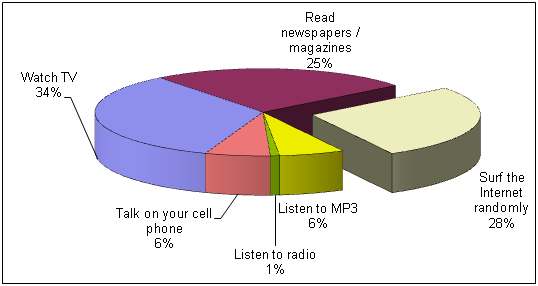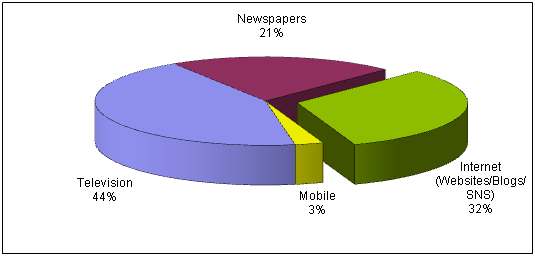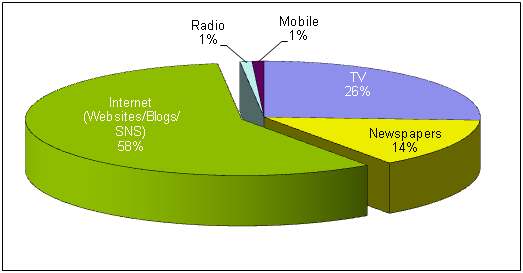I love YouTube. I think it is a brilliant concept and has given an avenue for self expression like no other. A random search on YouTube will reveal videos ranging from the truly useful to the sincerely bizarre. Some of my all time fave videos on YouTube include Where is Matt, everything from Common Craft and Bridal Skincare (what can I say… I am partial!). Infact Where is Matt with hits to the tune of 20,057,638, has got so big that Visa used it for their traditional TV campaign! Three cheers to the power of online video…
In India too one can see companies making the shift, with brands like Fevicryl owning a vault of over 50 DIY videos, each serving the purpose of helping a consumer understand how to use the product.
Now that marketers are increasingly planning to invest on online videos to reach out to their consumers, they also need to understand how to get more people to watch these videos.
There is many a fantastic video out there, with the creators asking themselves…why the hell aren’t people watching it? The answer my friend… your video needs a crucial ingredient called ‘virality’. It is like any movie or book. It might be brilliant but it needs to be seen, shared and talked about to become truly fantastic.
One needs to remember that just because you have made it and put it up, people will not automatically come to view it. A good amount of hard marketing work needs to be put in to make a video a viral hit. Here are a few tips on how to make your video deliver for you online:
Really really really good creative: There is no escaping that. A great idea is a good starting point to make your video go viral. Ask yourself… if you were the target consumer would you watch it?
Plan well: Figure out where your target consumer for the video is online and chalk out a detailed plan to reach out to him or her
Seed wisely: Make sure your videos are seen in places where your target consumers are. So if it is a skincare video make sure it is in the video library of skin care communities on Orkut or Facebook, where it is more likely to be viewed and shared by skincare enthusiasts.
Engage with Influencers: Identify the influencers for the category your brand is present it. Get in touch with those bloggers and community owners to view the video and share it if they wish to. Their circle of influence is big enough to help the video spread wider.
Choose smartly: Choose a video site that appeals to the targetted consumers of your video. So if it is an entertainment video meant for young men a Bigadda with a largely male audience skew might be the way to go.
Use Your Social Presence: Lastly share it with your online social network. Status updates are a great way to put your video out there.
How do you measure success of your online video?
Well honestly there is no set measure. If it is a generic youth category like jeans and if there was an interesting online video built around it, chances are it would have gathered a million plus videos if not more. However if it is something of a specialist nature like CAD software, it would garner views only from a limited audience with a maximum number of hits of say 10,000.
So would you term the CAD video an online disaster? I don’t think so. It has done the job it was meant to. Reached out to the limited audience that exists online for it and communicated the key messages. So mere numbers might not be an indication of success after all. Would love to hear your views on how would you measure the success of an online video…
The true mark of success can sometimes be, when an online video that you have created makes it back to you! Till that happens keep at it my friend.










